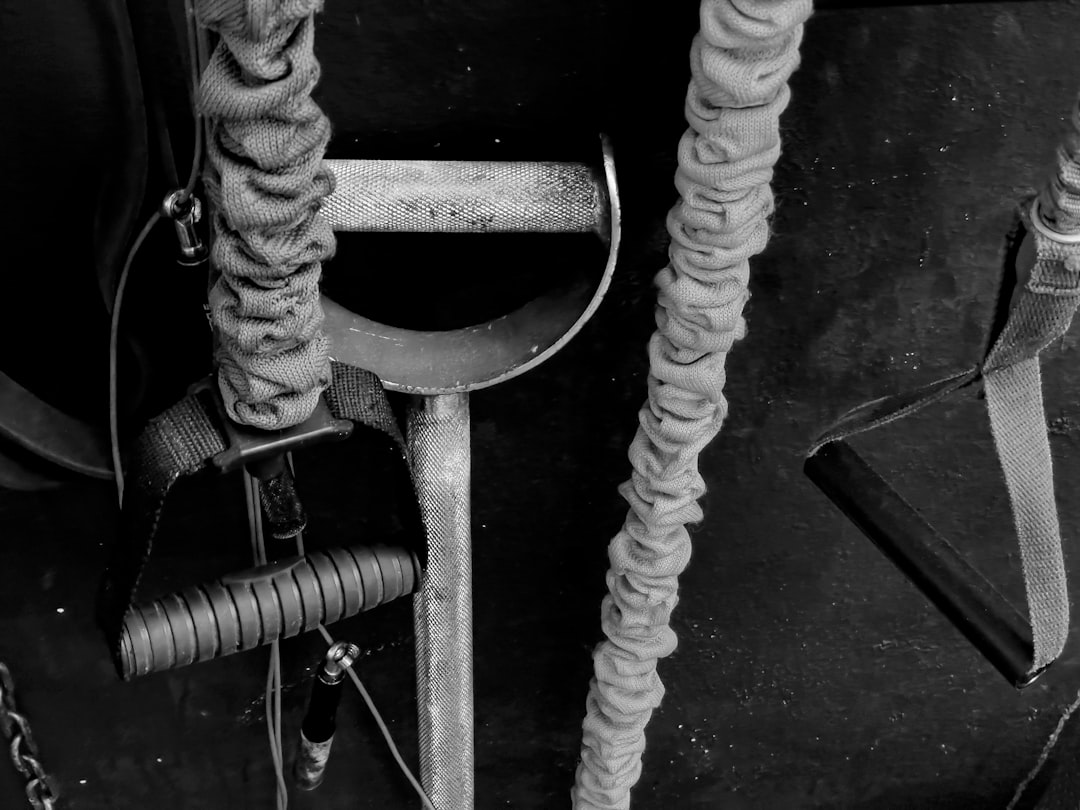Pipe bending and straightening are crucial processes in various industries, from construction and manufacturing to plumbing and oil and gas. Achieving precise bends and straight sections is essential for functionality, aesthetics, and structural integrity. This comprehensive guide explores the diverse methods, tools, and considerations involved in mastering these techniques.
1. Understanding Pipe Bending Techniques
Several techniques exist for bending pipes, each suited to different pipe materials, diameters, and desired bend radii. The choice of method significantly impacts the quality and efficiency of the process. Common methods include:
- Manual Bending: This involves using hand tools like pipe benders, which are suitable for smaller diameter pipes and simpler bends. These tools often utilize a hinged mechanism and require significant manual force. The process is relatively slow but allows for precise control over the bend angle.
- Hydraulic Bending: Hydraulic pipe benders utilize hydraulic pressure to bend pipes, enabling the efficient bending of larger diameter pipes and achieving tighter radii. They offer greater precision and speed compared to manual methods, making them ideal for high-volume applications. Different types of hydraulic benders exist, including those using a ram to push the pipe against a die or those employing a rotating mechanism.
- Rotary Draw Bending: This advanced technique involves rotating the pipe while simultaneously pulling it through a die. This method is particularly effective for bending thin-walled pipes with minimal distortion or wrinkling. It’s widely used in industries requiring precise bends, such as aerospace and automotive manufacturing.
- Roll Bending: This method uses three rollers to bend the pipe gradually. The rollers are adjusted to control the bend radius and angle. Roll bending is suitable for bending long lengths of pipe and creating complex curves.
The selection of the appropriate bending technique depends on several factors, including the pipe material (steel, copper, aluminum, etc.), diameter, wall thickness, desired bend radius, and the required level of precision.
2. Essential Tools and Equipment for Pipe Bending
The tools required vary depending on the chosen bending technique. However, some common tools include:
- Pipe Benders (Manual and Hydraulic): These are the core tools for bending pipes, offering varying levels of capacity and precision.
- Dies and Formers: These are used to shape the pipe during bending, ensuring consistent bend radii and preventing damage.
- Measuring Tools: Accurate measurement is crucial for precise bending. This includes tape measures, protractors, and angle finders.
- Support Structures: Stable support is necessary to prevent pipe deformation during bending. This may involve using workbenches, stands, or specialized fixtures.
- Lubricants: Lubricants help reduce friction during bending, preventing damage to the pipe and ensuring smoother bends.
- Safety Gear: Appropriate safety gear, including gloves, eye protection, and hearing protection, is essential to prevent injuries during the bending process.
Investing in high-quality tools is crucial for achieving accurate and consistent results. Regular maintenance of these tools is also essential to ensure their longevity and performance.
3. Addressing Pipe Straightening Challenges
Pipes can become bent or misaligned during transportation, handling, or installation. Straightening bent pipes requires careful consideration to avoid further damage. Methods for straightening include:
- Manual Straightening: For minor bends, manual straightening using hammers and mallets may suffice. This requires careful application of force to avoid creating new bends or kinks.
- Hydraulic Straightening: For more significant bends, hydraulic presses or specialized straightening machines can be employed. These machines offer greater control and force, allowing for more effective straightening.
- Thermal Straightening: In some cases, controlled heating can be used to straighten pipes. This method involves carefully heating the bent section to allow for expansion and then gradually cooling it while applying corrective force.
The choice of straightening method depends on the severity of the bend, the pipe material, and the desired level of straightness. It’s crucial to avoid excessive force, which can lead to pipe damage or failure.
4. Material Considerations in Pipe Bending and Straightening
The material of the pipe significantly influences the bending and straightening process. Different materials have varying levels of ductility and strength, affecting their susceptibility to bending and straightening techniques. For example:
- Steel: Steel pipes require more force to bend and are prone to cracking if bent too sharply. Careful selection of bending techniques and the use of appropriate lubricants are essential.
- Copper: Copper pipes are more ductile than steel and can be bent more easily. However, excessive bending can lead to work hardening, reducing their flexibility.
- Aluminum: Aluminum pipes are lightweight and relatively easy to bend, but they are also susceptible to kinking if not handled carefully.
Understanding the material properties is crucial for selecting the appropriate bending and straightening techniques to avoid damage and ensure the integrity of the pipe.
5. Safety Precautions During Pipe Bending and Straightening
Safety should always be the top priority when working with pipe bending and straightening equipment. Essential safety precautions include:
- Proper Training: Operators should receive adequate training on the safe operation of all equipment.
- Use of Safety Gear: Always wear appropriate safety gear, including gloves, eye protection, hearing protection, and steel-toed boots.
- Machine Guards: Ensure all machine guards are in place and functioning correctly.
- Safe Work Practices: Follow established safe work practices and procedures.
- Regular Maintenance: Regularly inspect and maintain all equipment to prevent malfunctions.
By adhering to these safety precautions, you can minimize the risk of accidents and injuries during pipe bending and straightening operations.
By understanding the various techniques, tools, and safety precautions, you can effectively bend and straighten pipes, ensuring accuracy, efficiency, and safety in your projects.
Tags: pipe bending, pipe straightening, hydraulic bending, manual bending, pipe bending techniques, pipe bending tools, safety in pipe bending




